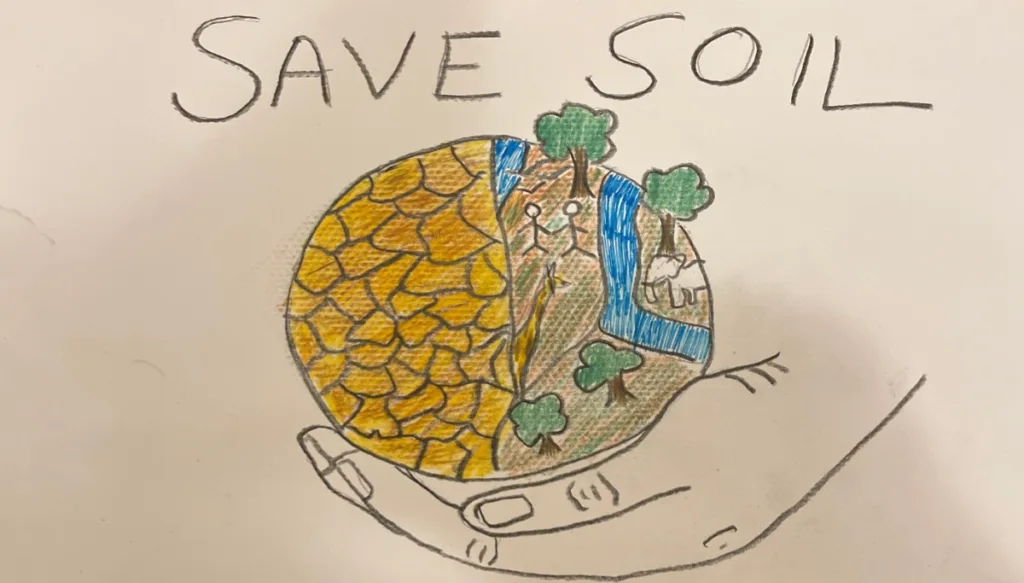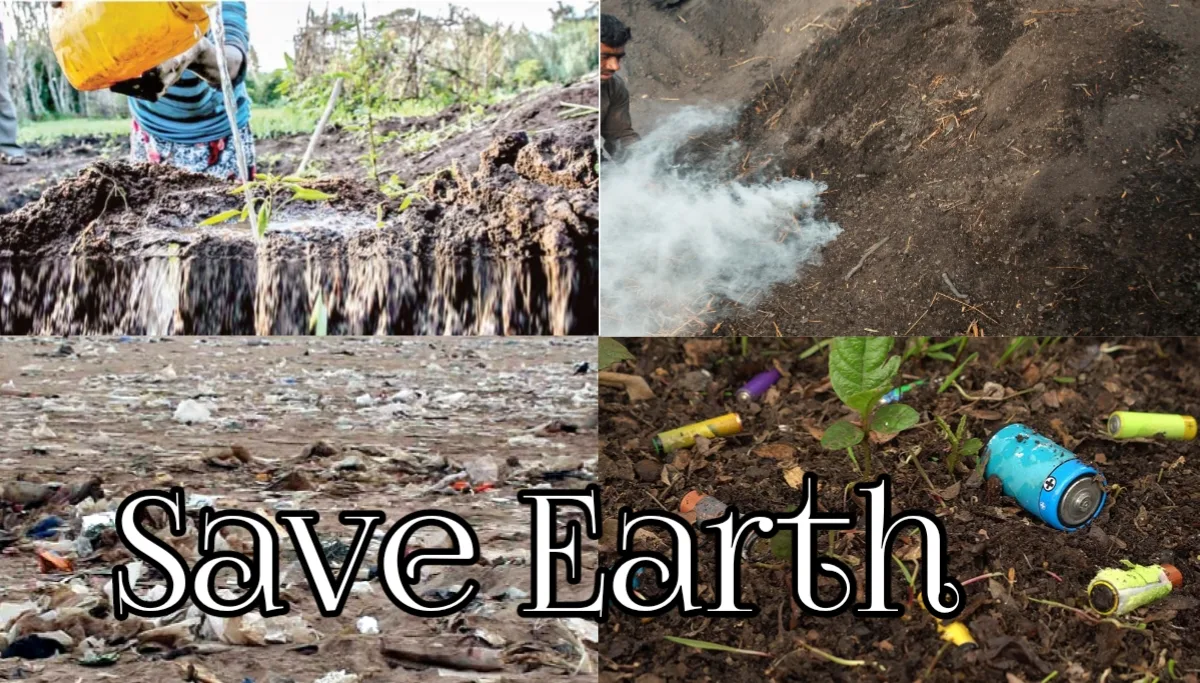
When dangerous materials or contaminants are present in the soil and have the potential to negatively impact its fertility and quality, the term “soil pollution” or “soil contamination” is used. These pollutants could be waste products, pesticides, fertilizers, heavy metals, and industrial chemicals. Numerous human activities, such as industrial processes, inappropriate waste disposal, agricultural practices, and unintentional spills, can lead to soil pollution.
Both the ecosystem and human health may be negatively impacted by pollutants contained in soil. Soil pollution can harm organisms that live in the soil, lower soil fertility, hinder plant development, contaminate water supplies by seepage into groundwater, and more. Additionally, when crops are grown on contaminated soil, there’s a potential that contaminants will build in the plants, which could be dangerous to human health if consumed.
Generally speaking, preventing and treating soil contamination entails enforcing environmental legislation to limit industrial discharges, establishing sustainable agricultural methods, and managing trash properly. To lessen the effects of soil pollution and restore soil health, soil remediation procedures like soil cleaning, phytoremediation, and bioremediation are also used.
Additionally, ecosystems may be affected in a cascade by soil pollution. Insects, microbes, and other soil-dwelling creatures that are essential to the cycling of nutrients and the preservation of soil structure can become unbalanced as a result of contaminants in the soil. Impacting biodiversity and environmental stability, this disturbance may have extensive repercussions for plant and animal groups.
Several sources contribute to soil pollution:
- Industrial Activities: Pollutants released into the air and water by factories and other industrial facilities have the potential to end up in the soil. Soil contamination is caused by pollutants, incorrect disposal of industrial waste, and chemical spills.
- Agricultural Practices: Soil pollution can result from the application of chemical fertilizers, insecticides, and herbicides in agriculture. Farm runoff has the potential to introduce these pollutants into surrounding water and soil.
- garbage Disposal: Poor handling of hazardous and solid garbage, such as that from homes, businesses, and electronics, can contaminate the land. When improperly maintained, landfills can be major contributors to soil contamination.
- Mining Activities: During mining activities, heavy metals and other hazardous materials may find their way into the soil. Mineral extraction and processing frequently result in the release of potentially harmful substances into the environment.
- Urbanization: the creation using roads, the installation of buildings, and the usage of different chemicals for farming and gardening are all activities that can lead to contamination of the soil.
Reducing soil contamination requires a mix of sustainable practices, laws, and public awareness campaigns. Industries are obligated to keep up with the permitted levels of contaminants in soil, which are frequently determined by governments and environmental organizations. In order to minimize soil pollution, environmentally friendly agricultural methods like agroecology and organic farming try to use fewer chemical inputs..
Remedial Conduct are essential for drawing up weakened soil in addition to forestallment. While bioremediation uses microorganisms to break down adulterants, ways similar as phytoremediation use shops to absorb, accumulate, or alter poisons. These styles depend on the kind and degree of pollution and are constantly point-specific.
In conclusion, soil pollution is a serious environmental issue that has significant impacts on agriculture, human health, and ecosystems. In order to safeguard and restore the health of our soils, addressing this issue calls for a multidisciplinary strategy that incorporates sustainable practices, efficient waste management, and remediation techniques.







